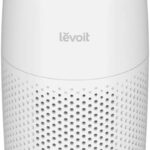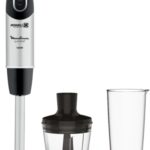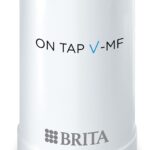Heat massage gun: use it right so it truly helps
Targeted relief, better mobility, and quick routines that fit your day. Here you’ll find clear protocols, safety, and practical shortcuts to get the most out of it.
Our pick to start without self-deception
The AERLANG heat massage gun offers adjustable heat, genuinely useful attachments, and ergonomics made for short, frequent sessions. Ideal to ease stiffness and improve mobility with no fuss.

What a heat massage gun is (and isn’t)
It’s a percussive therapy tool with a vibrating head that delivers high-frequency taps; the heat feature adds a pleasant thermal sensation and may help relax superficial tissue and make mobility easier before exercise or after effort.
When it can help
Before training
Heat + low speed activation (1–2 min per group). Goal: tissue “ready” to move better.
After training
Light flush at a steady pace (2–4 min per group) to ease post-effort stiffness.
Office & daily life
Traps, neck, low back, and glutes tightened by sitting. A 7-minute micro-routine at day’s end.
Targeted mobility
Before stretching ankle, hip, or shoulder; follow with active movements.
How to use it right (step by step)
- Prep the area: dry skin, no hot balms; remove thick clothing.
- Pick attachment & speed based on the tissue (see guide below).
- Start with low heat and increase if comfortable.
- Rest the head without pressing hard. Let percussion do the work.
- Glide slowly (2–3 cm/s) or 15–30 s sweeps per segment.
- Time: 90–120 s per muscle group (max 5–6 min on the same area).
- Breathe and move: finish with 30–60 s of active mobility for that group.
Attachments, speeds & heat: quick guide
| Attachment | Typical uses | Speed | Heat | Notes |
|---|---|---|---|---|
| Round (foam) | Quads, hamstrings, glutes, calves, chest | Low–medium | Low–medium | Versatile; gentle on superficial tissue |
| Flat | Lats, mid-traps, dense glute | Medium | Medium | Good contact on broad surfaces |
| Bullet (spot) | Localized tight bands (avoid bone) | Low | Low | Precise; brief use |
| U (fork) | Paravertebral muscles (alongside spine), Achilles (sides) | Low | Low | Never on the spinous process or directly on a tendon |
| Cushioned | Neck, forearm, sensitive areas | Low | Low | The “safe” option to start with |
Quick protocols that work
Pre-workout activation (3–6 min)
- Glutes + quads: 60–90 s per side
- Calves or chest: 45–60 s
- Low heat + low–medium speed; finish with 5–8 squats or active rotations
Post-workout flush (6–10 min)
- Slow sweeps over worked groups: 2–3 min per group
- Low speed; medium heat if pleasant
- Nasal breathing + 2 min gentle mobility
7-min office reset
- Upper traps: 60–90 s per side
- Lat/scapular area: 60–90 s per side
- Glutes: 60–90 s per side; 10 thoracic extensions on a wall
Feet & calves
- Calf: 60–90 s per side
- Plantar (soft attachment): 30–45 s per foot
- Finish with 10 slow heel raises
Common mistakes
- Pressing too hard (discomfort without benefit)
- Using it alone (without mobility or strength the effect fades)
- Working on bone or tendon (aim for muscle)
- Starting with very high heat (start low and progress)
- Too much time on the same spot
Safety & contraindications
Basic maintenance
- Lightly damp cloth after use; dry before storing
- Don’t block ventilation grilles; avoid very prolonged max power
- Recharge before it fully drains to protect the battery
- Inspect and replace damaged attachments



